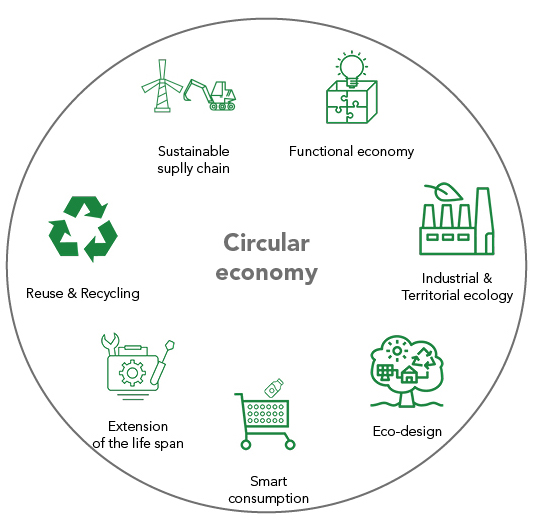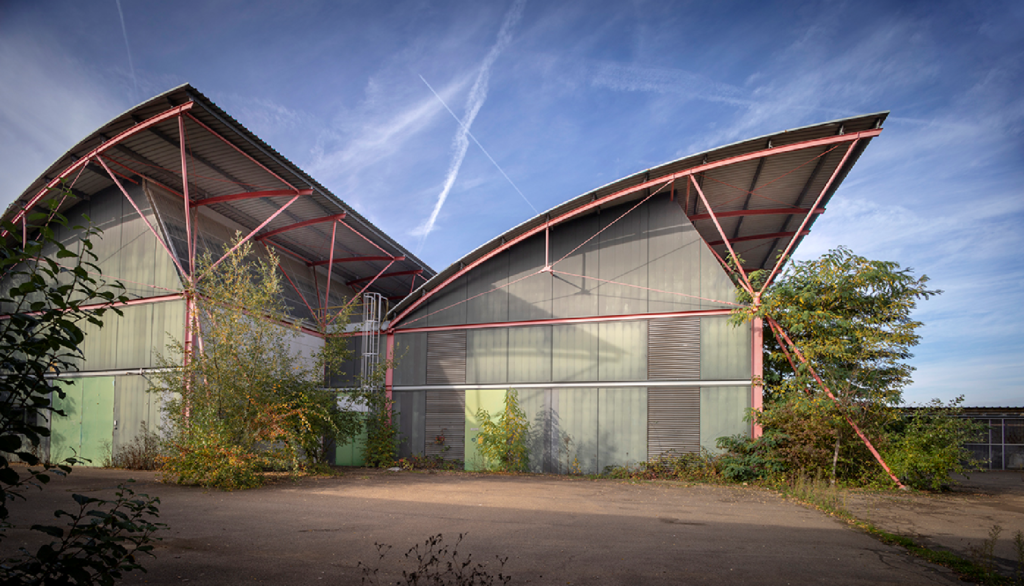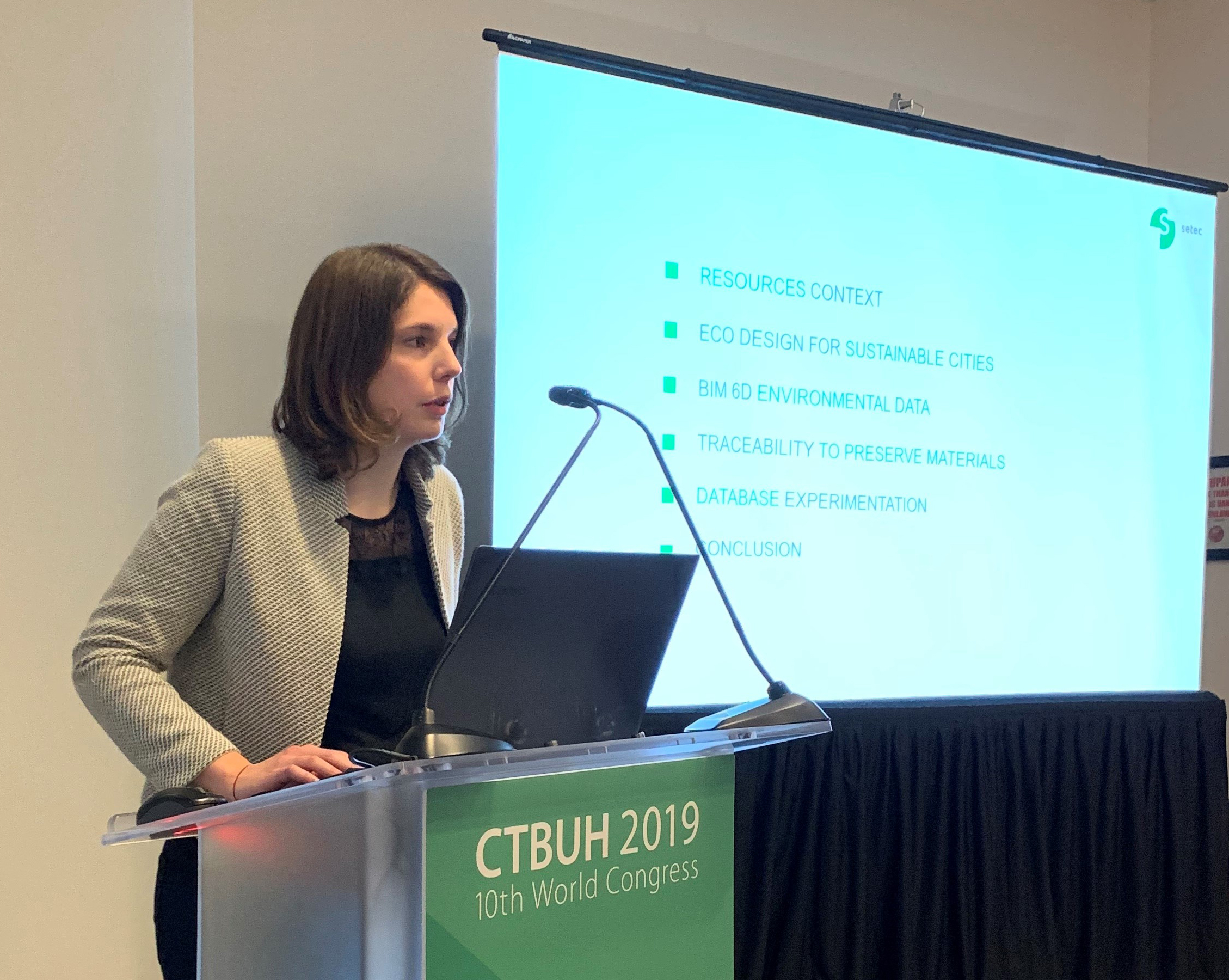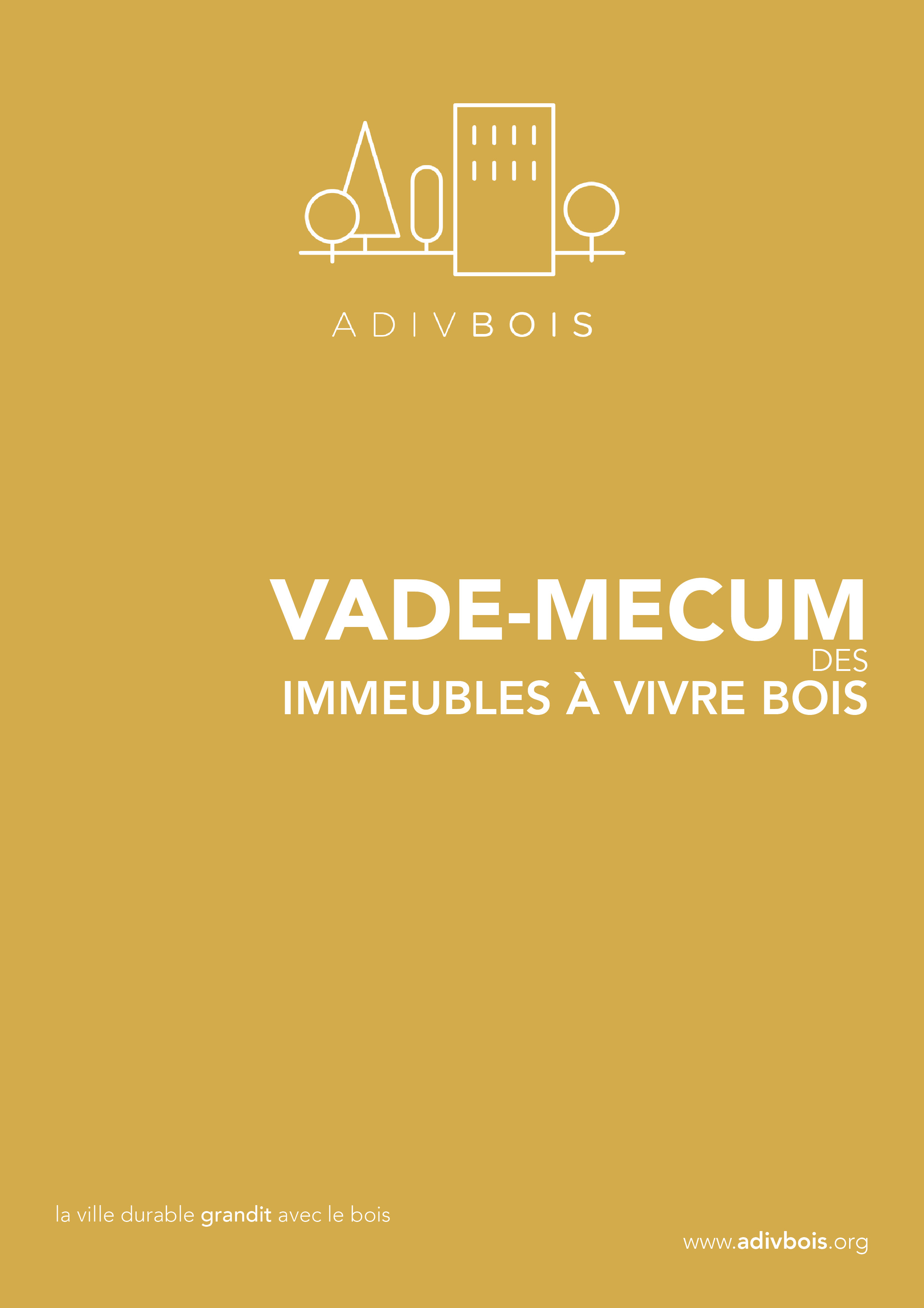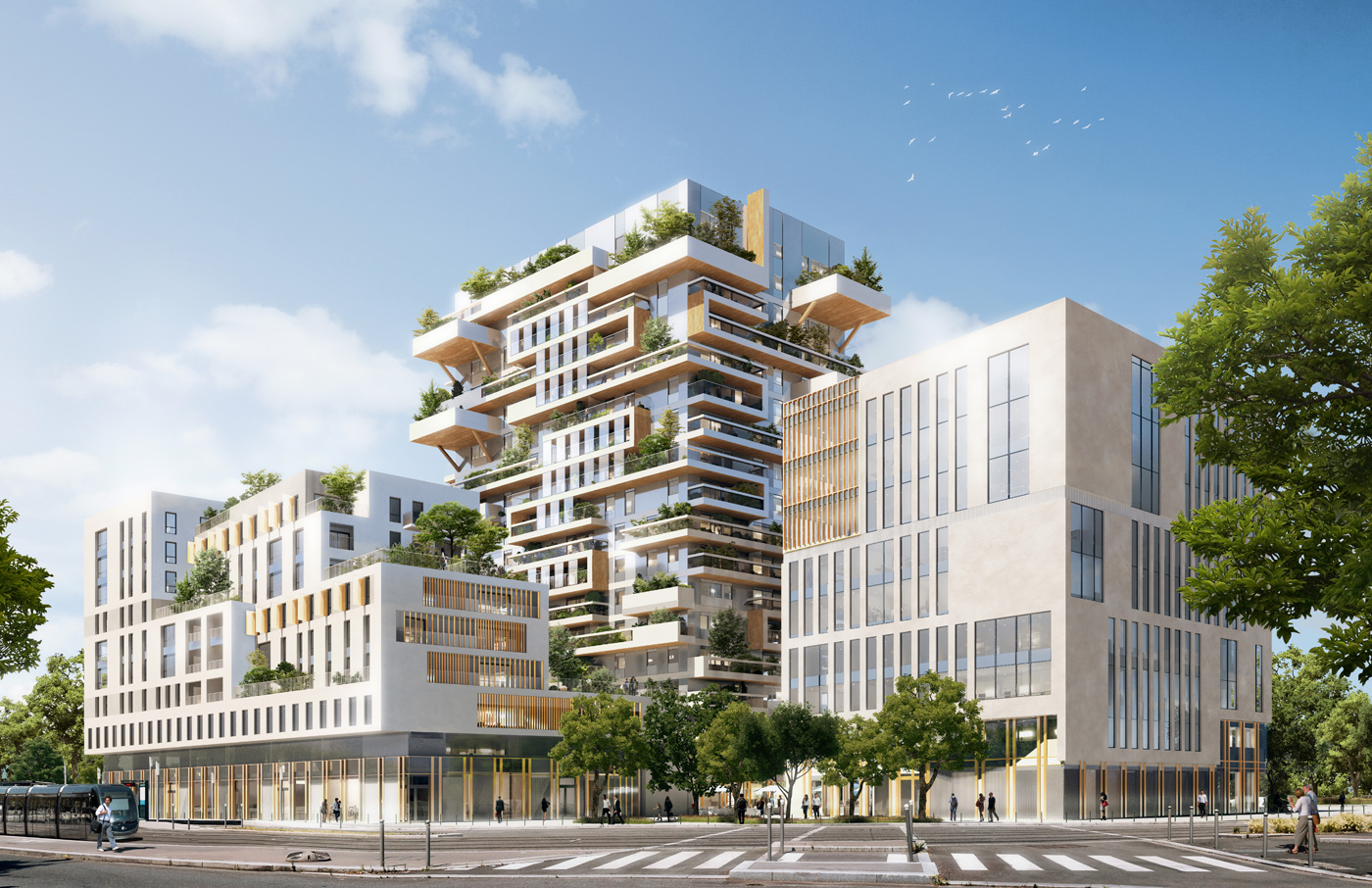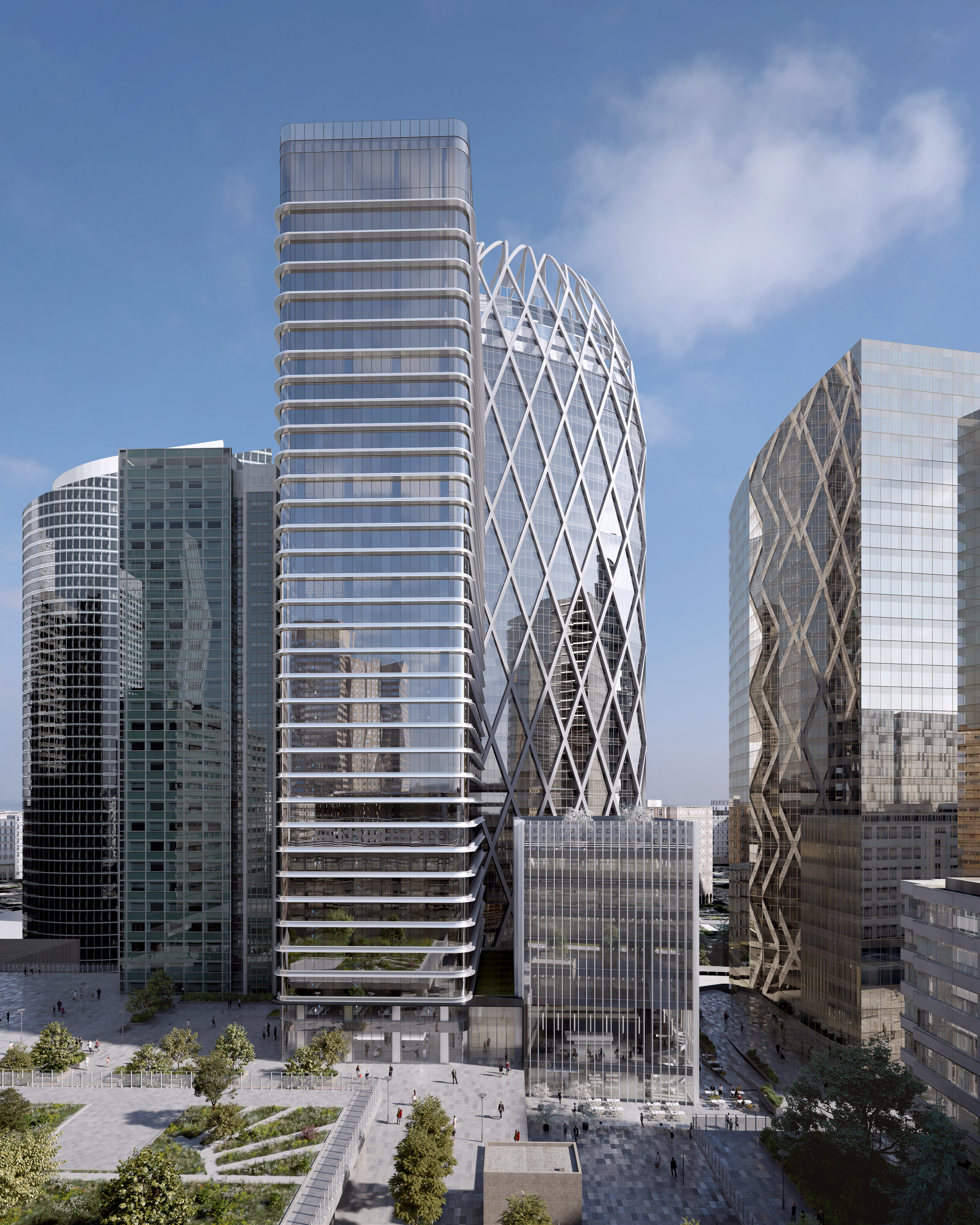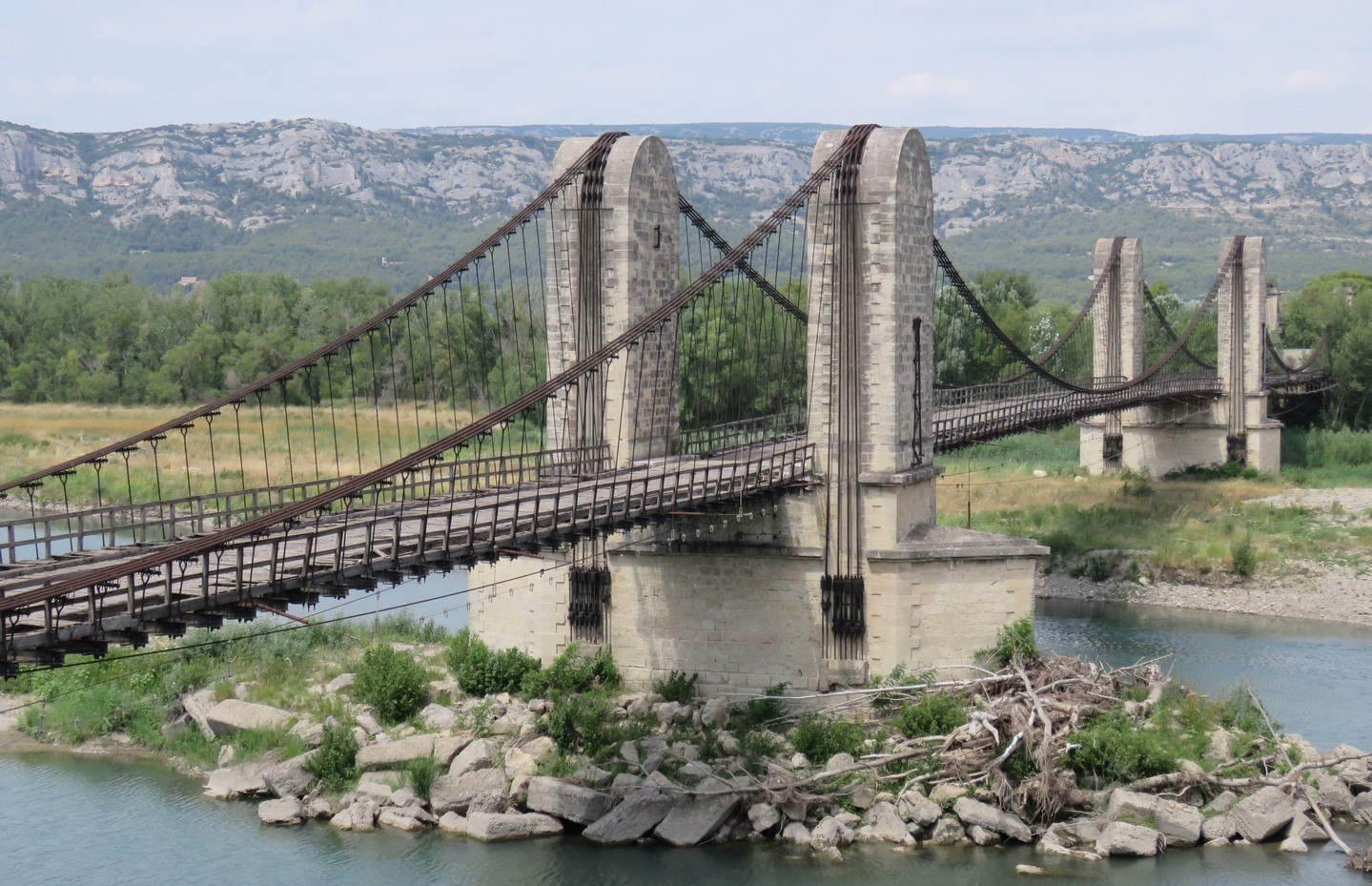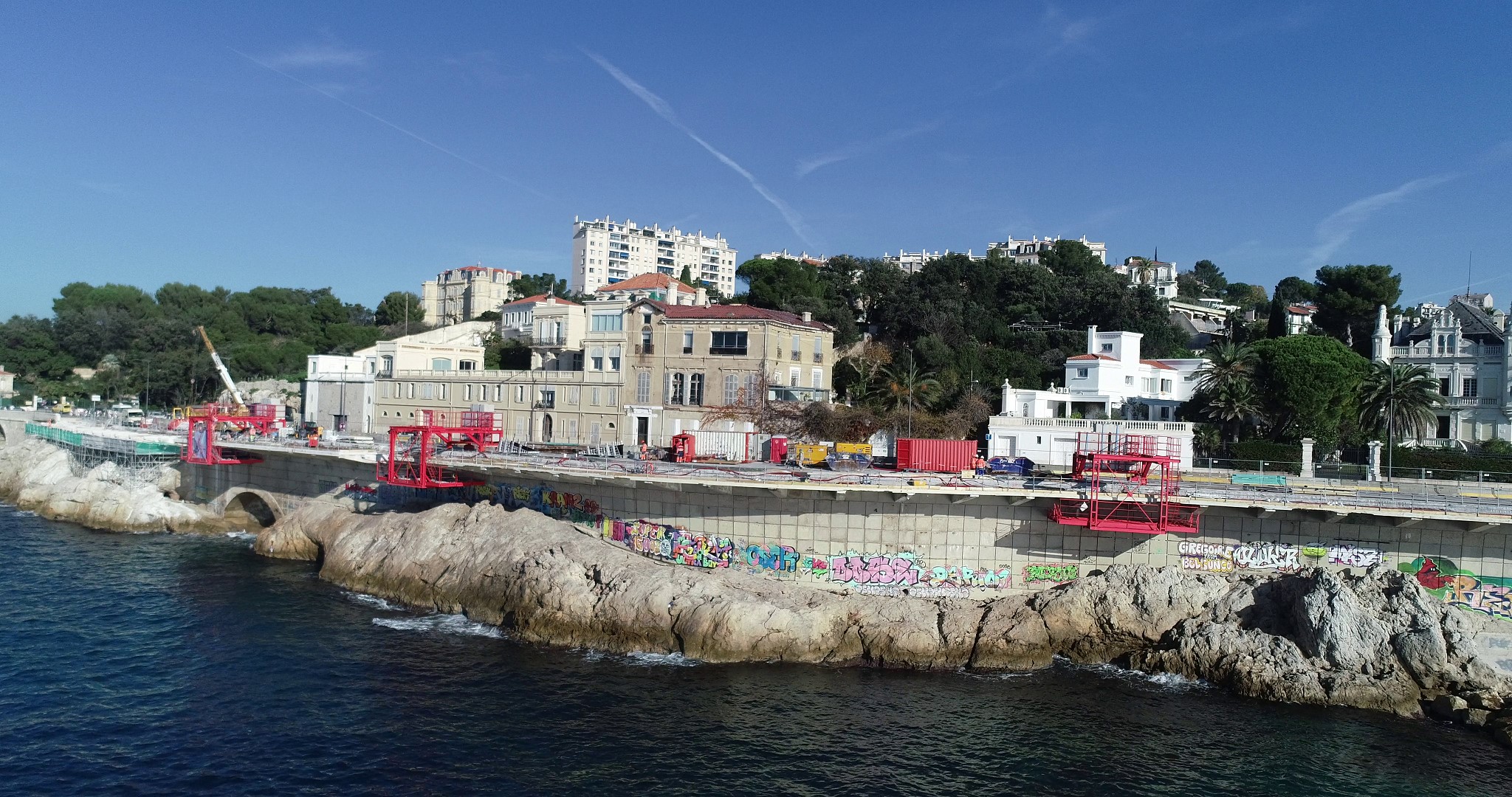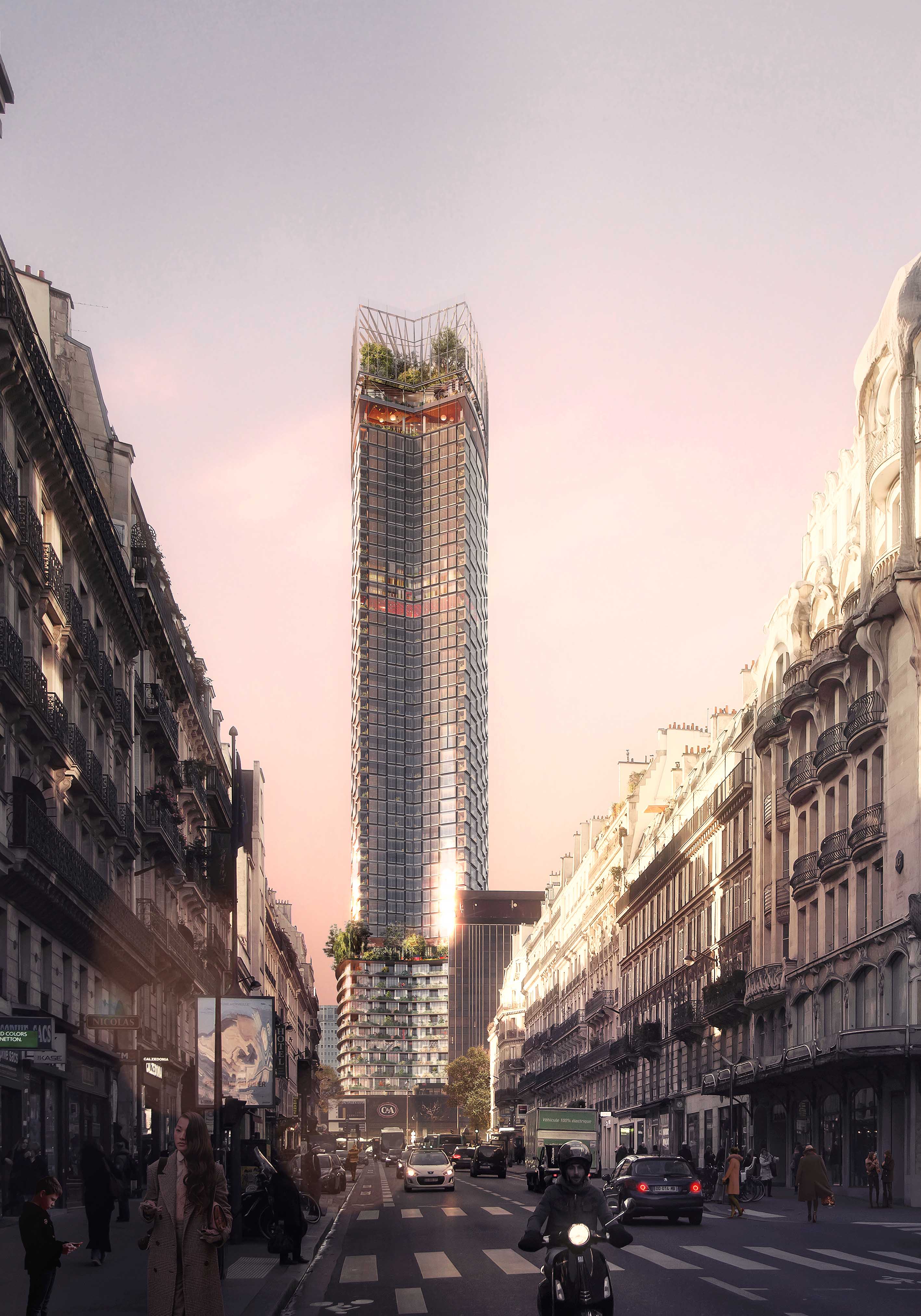The natural resources depletion and the human activities impact threaten our civilisation. setec tpi engages in the circular economy mostly, but not only, because the Building and Transportation Infrastructures economical sector is the biggest consumer of these natural resources, it produces a significant amount of waste that requires managing and produces more than a third of the greenhouse gas emissions.
The circular economy applied to the Building and Transportation Infrastructures: a powerful lever to fight against climate change and the depletion of natural resources.
The objective of the circular economy is to make more with less: less raw materials, less waste and less greenhouse gas emissions. This principle is to be applied during the whole life of any project, from the construction to the demolition or transformation.
setec tpi masters the analysis of projects lifecycles. As a key eco-design tool, this procedure allows for the comparative of different construction alternatives and to integrate them in our BIM 6D models.
The solutions that we propose are reliable thanks to the scientific and technical research that we conduct, which are supported by our vast experience in iconic civil engineering structures.
Any project that integrates reused materials contributes to a reduction in the consumption of resources and the overall environmental impact of the project. Therefore, the reuse of materials, even if it is a procedure not very developed, presents obvious environmental interests.
Our engineers master the technical knowledge required to design sustainable structures and assemblies that can be easily dismantled for their reuse.
Our employees implement these innovative principles in our urban planning projects and promote them in construction: buildings, bridges, infrastructures, etc.
In order to consolidate our engagement in this promising field, we granted the thesis project “Construire, déconstruire, anticiper le réemploi des matériaux: une possible réversibilité des bâtiments”, produced by our employee Ingrid Bertin in partnership with the Navier laboratory of the Ponts – Paris Tech Engineering School.
The environmental benefits of the eco-design in projects are multiplied by the extension of the infrastructures’ life duration. From the preliminary design stage, our experts think of the most efficient construction methods and materials.
Furthermore, a continuous maintenance is the key for obtaining the most efficient and long lasting performance of the structures.
In partnership with setec diades and the lerm, setec tpi warrants the surveillances of structures, the planning of their maintenance and the optimisation of their reparations so that their operational life is extended or new extended functions are provided.
